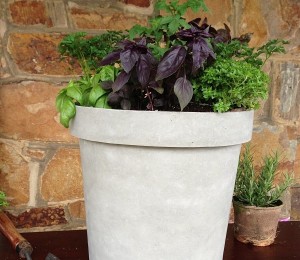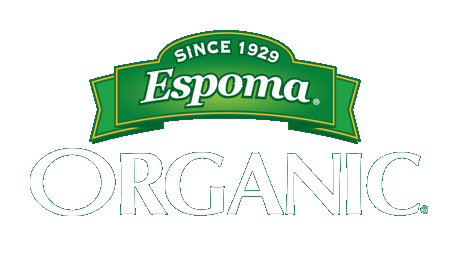Feed Tomato and Pepper Plants Now
By now you’ve planted your organic tomatoes and peppers! These homegrown veggies should be starting to flower — which means fruit isn’t far behind.
Now, it’s time to sprinkle a little magic.
The trick is to feed veggies monthly with an organic fertilizer. Tomatoes and peppers have big appetites, so they need plenty of organic food. Since plants get all their nutrients from the soil, their all-you-can-eat buffet runs out quick. Feed them right, and they’ll burst full of fresh produce.
Create a Balanced Diet:
- Go Organic. Since you’re eating this food and feeding it to your friends and family, you’ll want to ensure it’s the cleanest and healthiest possible. Choose an organic fertilizer.
- Take it slow. Chose a slow-release organic fertilizer. Artificial, rapid growth results in tall, lanky plants. Slow-release, organic fertilizers actually improve the soil as they break down.
- Plants need vitamins, too. Find a balanced food with calcium to help prevent blossom rot. Espoma Tomato-tone has 8% calcium! Be careful that you do not use too much nitrogen which will result in a lush, green plant with very little fruit.
- More Magic. Tomato-tone also includes Bio-tone®, a blend containing more than 3 million beneficial microbes. Sounds cool, right?
Don’t take it from us — Veggie Gardener had this to say:
“Bio-tone works magic with this fertilizer. These beneficial microbes do the dirty work of creating big and healthy plants which in turn grow large, plump, and juicy tomatoes. Beneficial microbes support good root growth by helping the roots absorb nutrients from the soil. Well producing tomatoes, or any plant for that matter, starts with a healthy and strong root system. Since I started using Tomato-tone, my tomato plants have grown faster, stronger, and produced more tomatoes.”
Ok, you get it. Fertilizing tomatoes and peppers is like sprinkling them with magic dust that makes them grow bigger, better produce. Now get growing.
Tips for Feeding Tomatoes and Peppers:
- Measure out the fertilizer according to instructions on bag.
- Feed single plants with 3 tablespoons of Tomato-tone. For rows of plants, apply 1 cup on each side per 5 feet. Feed potted plants 1.5 teaspoons per 4” pot diameter. More details here.
- Sprinkle Tomato-tone starting approximately 6” from the base of the plant.
- After feeding, water well.
- Feed tomatoes and peppers every month during the growing season.
Feeding tomatoes and peppers takes just a couple of minutes and drastically increases your harvest.
To feed your family lots of organic, homegrown veggies this summer, you’ll need to first keep your veggies well-fed! Get ready for the biggest, yummiest tomatoes and peppers you’ve ever grown.
While you’re at it, take a selfie with your Tomato-tone! Tag us in the picture with @Espoma.
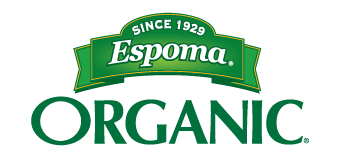
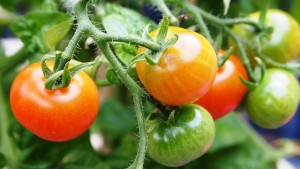
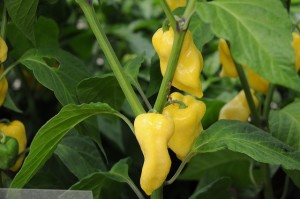
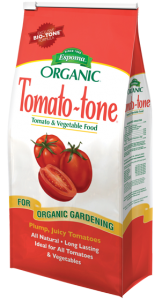
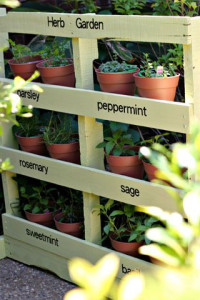

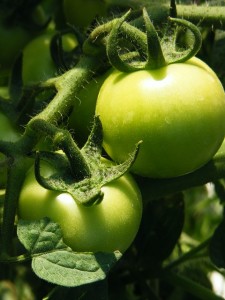 care and work it takes to ethically raise them. You know without an inkling of doubt that these tomatoes are organic, packed with nutrients and 100% free of harmful pesticides.
care and work it takes to ethically raise them. You know without an inkling of doubt that these tomatoes are organic, packed with nutrients and 100% free of harmful pesticides.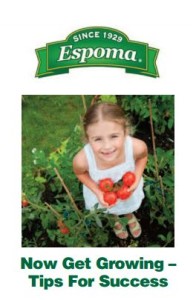 Pick one (or a couple) tomato varieties and get planting! Follow along below or check out how not to be a couch tomato with
Pick one (or a couple) tomato varieties and get planting! Follow along below or check out how not to be a couch tomato with 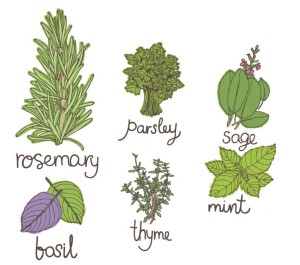 Most herbs will work in a container but the best herbs to plant in containers are: Basil, Mint, Rosemary, Thyme, Oregano, Cilantro, Parsley, Sage, Chives, Lavender, Tarragon, Lemon Verbena
Most herbs will work in a container but the best herbs to plant in containers are: Basil, Mint, Rosemary, Thyme, Oregano, Cilantro, Parsley, Sage, Chives, Lavender, Tarragon, Lemon Verbena